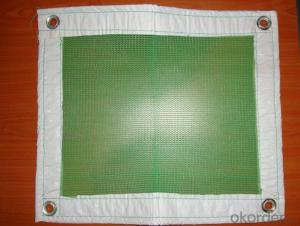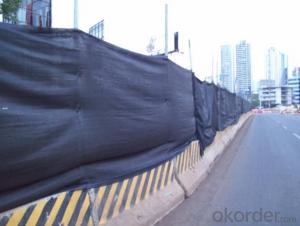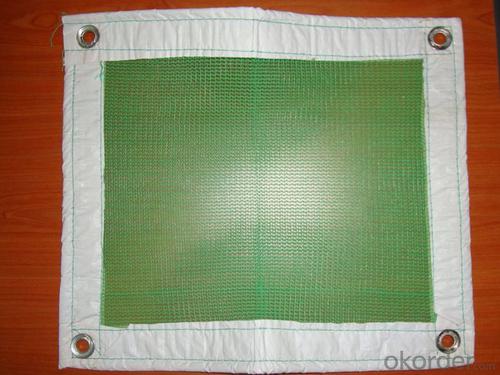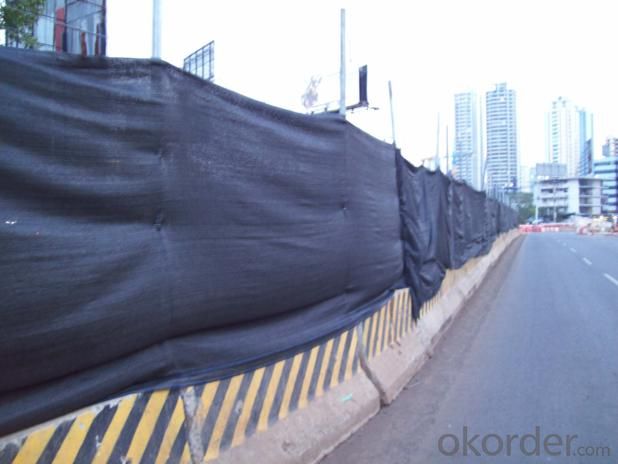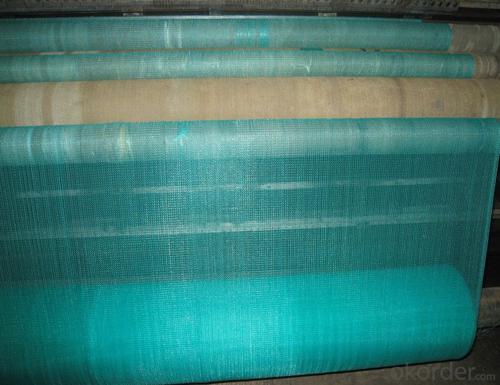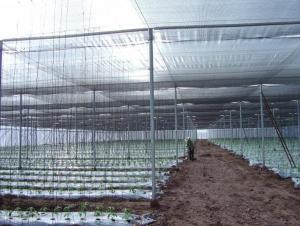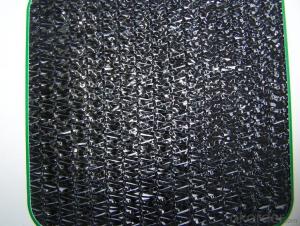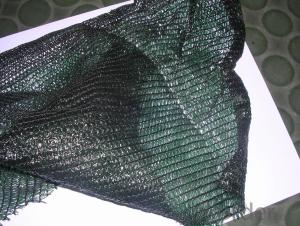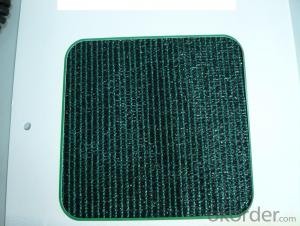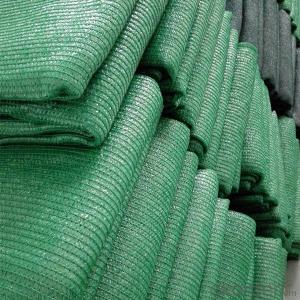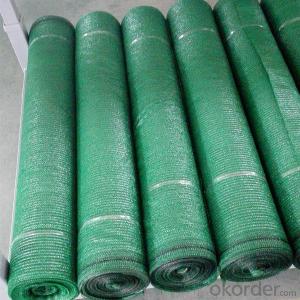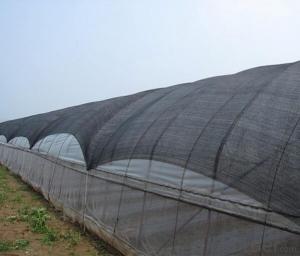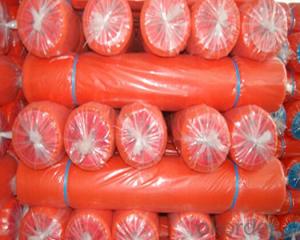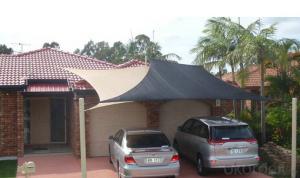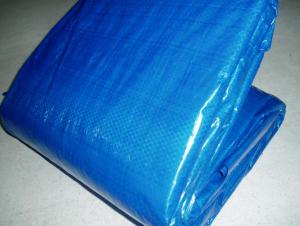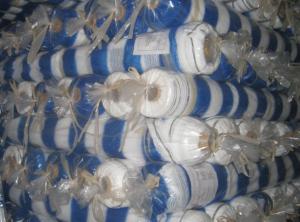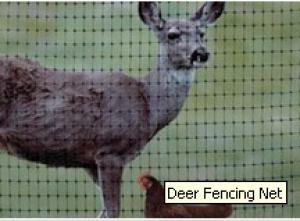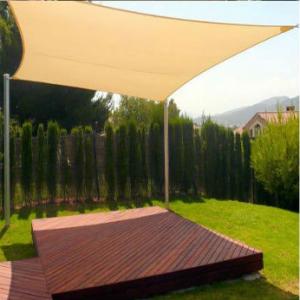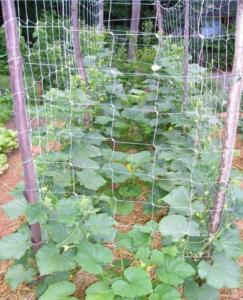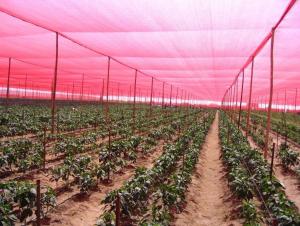Plastic Scaffolding Net Monofilament for South American Market
- Loading Port:
- Ningbo
- Payment Terms:
- TT OR LC
- Min Order Qty:
- 888 m²
- Supply Capability:
- 888888 m²/month
OKorder Service Pledge
OKorder Financial Service
You Might Also Like
The structure of Sunshade Net Shade Cover Safety Net Scaffolding Net Construction Net or Argriculture and Construction description:
Scaffolding Net Mono Filament 6 Needle For South American Market
Shade net protect and shade you from the severe effects of the sun's heay & UV rays. Some areas of the world call them Sun Sails.
They make a beautiful additions to your patio, backyard, or other outdoor areas.
Flying Sails is the perfect alternative to a traditional pergola, umbrella or covered porch. Floating and curvaceous, the make an attractive addition to any property, and with the right design,
they can enhance the appeal of the entertaining outdoor areas..
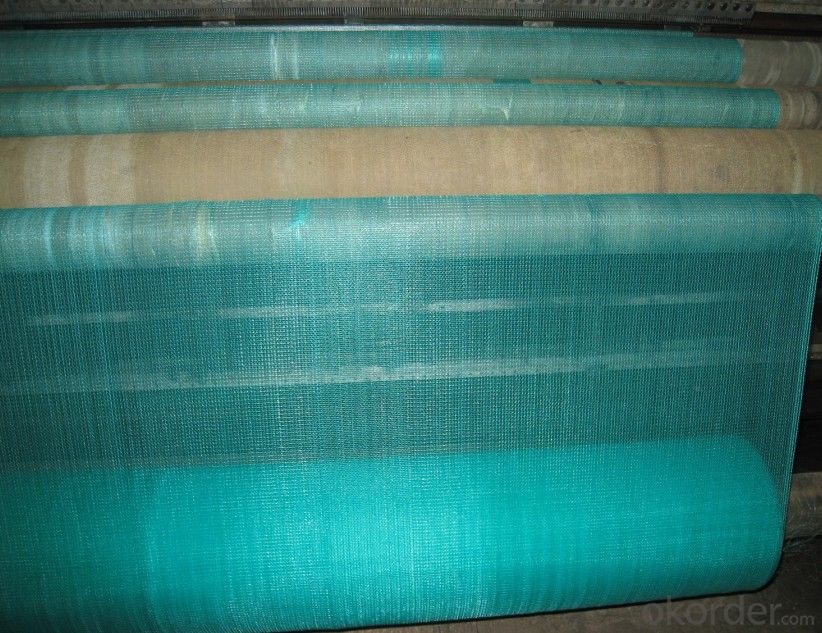
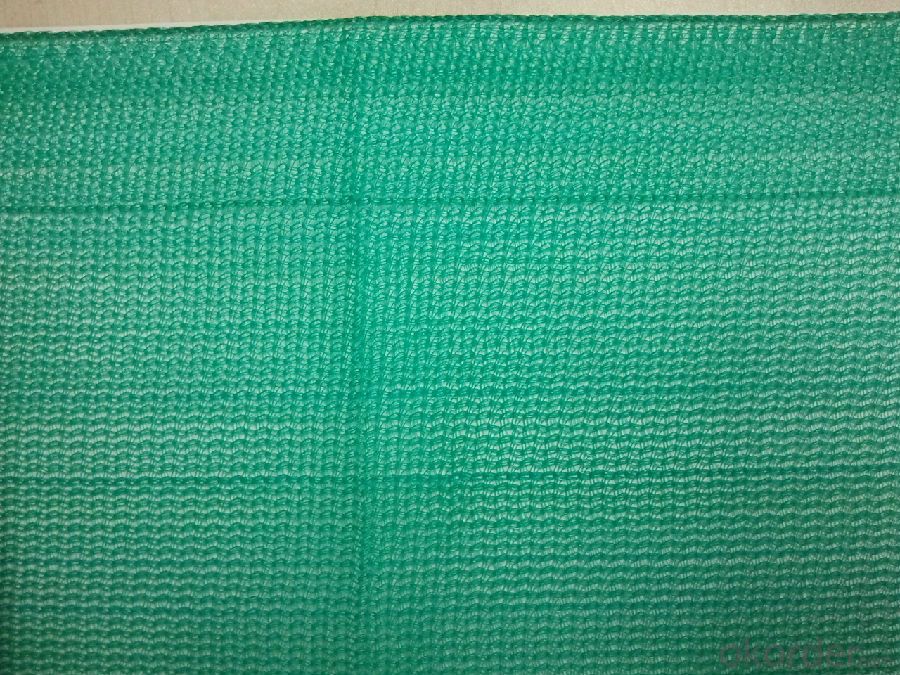
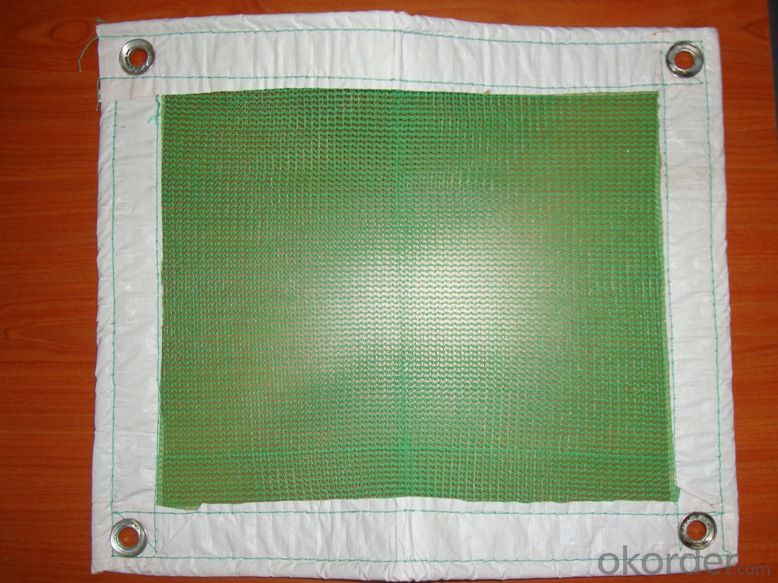
Scaffolding Net Mono Filament 6 Needle For South American Market
Specifications of Sunshade Net Shade Cover Safety Net Scaffolding Net Construction Net or Argriculture and Construction
1.Material:HDPE;0.3%UV
2.Weight:27-90/sqm
3.width:0.6-6M;length:any
4.shading rating:30%-95%
5.5 years' using;OEM accepted
Roll Length
1-50M;1-100M;1-200M (as per required)
Scaffolding Net Mono Filament 6 Needle For South American Market
The feature of Sunshade Net Shade Cover Safety Net Scaffolding Net Construction Net or Argriculture and Construction
Wrap knitted Weaving: Two-needle shade netting, three-needle, four-needle, six needle and nine needle netting
--Fastness and durability: shade net made of strong monofilament yarns can effectively keep the vermin away outside and abates the fierce of hail and downpour. It is a kind of more economic and practical product
--Long usage: the additives imported from abroad display the functions of anti-contraction, anti-UV, anti-brittleness, etc; besides, the applied UV stabilizers are resistant to both acidic and alkaline chemicals
--Cooling/heating: cooling by 3 - 5°C effectively in hot summer and reducing heat radiation from greenhouse in winter So the night frost damage will be limited to a minimum
--Folding style, simple operation: the strong filament yarns used to connect PEN F, give it a long usage lifespan, when being folded up, PEN F takes up little space .
Scaffolding Net Mono Filament 6 Needle For South American Market
Packing of Sunshade Net Shade Cover Safety Net Scaffolding Net Construction Net or Argriculture and Construction
1.one roll packed with one strong PP bag with one color label
2.one piece packed with one strong PP bag with one color label;several pieces put in a carton
The application of Sunshade Net Shade Cover Safety Net Scaffolding Net Construction Net or Argriculture and Construction
Scaffolding Net Mono Filament 6 Needle For South American Market
--Floriculture, Indoor Plants, Fruit Plants, Tea, Coffee, Caradamon, Peper, Spices, Vegetable nursery, Forest
--nursery stock, Cattle shed, Fish ponds, Poultry farming, wells, General purpose shading.
--Drying of Agroproducts, As a wind braker and during building construction,safety net, guard net, carport, awning, construction net.
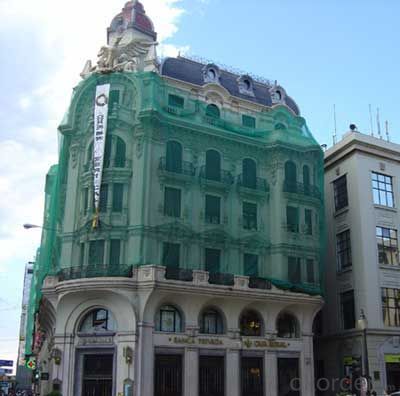
Packing: rolls on cardboard tubes & wrapped in plastic.
FAQ
What is the plastic netting used for ?
Agricutulre cover for plants .
Construction fence for warning
Safety or protection
Packing
Fence net
How long about our production periods for 40HC?
We need around 30days for each container .
What is the payment term we accept ?
We accept TT or LC AT SIGHT.
- Q: Are plastic nets commonly used in the medical field?
- No, plastic nets are not commonly used in the medical field.
- Q: What are the disadvantages of using plastic nets?
- There are several disadvantages of using plastic nets. Firstly, plastic nets are not biodegradable and can take hundreds of years to decompose, contributing to environmental pollution. Secondly, plastic nets can entangle and harm wildlife, particularly marine animals, leading to injuries or even death. Additionally, plastic nets can release microplastics into the environment as they degrade, further exacerbating the plastic pollution problem. Lastly, plastic nets are not as strong or durable as other materials like metal or natural fibers, making them less suitable for certain applications where strength is crucial.
- Q: Are plastic nets commonly used in aquaponics?
- Yes, plastic nets are commonly used in aquaponics systems. They are often used as a support structure for growing plants, providing a stable surface for the roots to anchor and allowing water to flow through easily. Additionally, plastic nets can also be used as a protective barrier to prevent fish from jumping out of the tank or to keep predators away from the plants.
- Q: Do plastic nets come with anti-corrosion properties for marine applications?
- Yes, plastic nets can be specifically designed with anti-corrosion properties for marine applications. These nets are typically made from high-quality materials that are resistant to the corrosive effects of saltwater and other marine elements, ensuring durability and longevity in marine environments.
- Q: How do plastic nets impact soil erosion?
- Plastic nets can help reduce soil erosion by acting as a physical barrier, preventing the loss of topsoil due to wind or water runoff. They stabilize the soil, holding it in place and allowing vegetation to establish roots and grow. This ultimately helps in maintaining soil structure and fertility, preventing further erosion.
- Q: Can plastic nets be used for playground structures?
- Yes, plastic nets can be used for playground structures. They are often used as safety nets or climbing structures in playgrounds due to their durability and ability to withstand outdoor conditions.
- Q: Are plastic nets used in the electronics industry?
- Yes, plastic nets are used in the electronics industry. They are commonly used as protective covers for delicate electronic components, providing a barrier against dust, static, and other potential damages. These nets help in maintaining cleanliness, organizing cables, and preventing tangling or entanglement, ensuring efficient and safe operation of electronic devices.
- Q: How do plastic nets affect water runoff?
- Plastic nets can significantly impact water runoff by reducing the rate of surface water flow and preventing soil erosion. These nets act as physical barriers, trapping sediment and slowing down the flow of water over the soil surface. This helps to retain moisture and nutrients in the soil, promoting vegetation growth and preventing the loss of topsoil. Additionally, plastic nets can also aid in filtering out pollutants and contaminants from the runoff, improving water quality. Overall, plastic nets play a crucial role in managing water runoff and minimizing its negative impacts on the environment.
- Q: Are plastic nets resistant to chemical exposure?
- Yes, plastic nets are generally resistant to chemical exposure.
- Q: Are plastic nets resistant to fading?
- Yes, plastic nets are generally resistant to fading.
Send your message to us
Plastic Scaffolding Net Monofilament for South American Market
- Loading Port:
- Ningbo
- Payment Terms:
- TT OR LC
- Min Order Qty:
- 888 m²
- Supply Capability:
- 888888 m²/month
OKorder Service Pledge
OKorder Financial Service
Similar products
Hot products
Hot Searches
Related keywords
